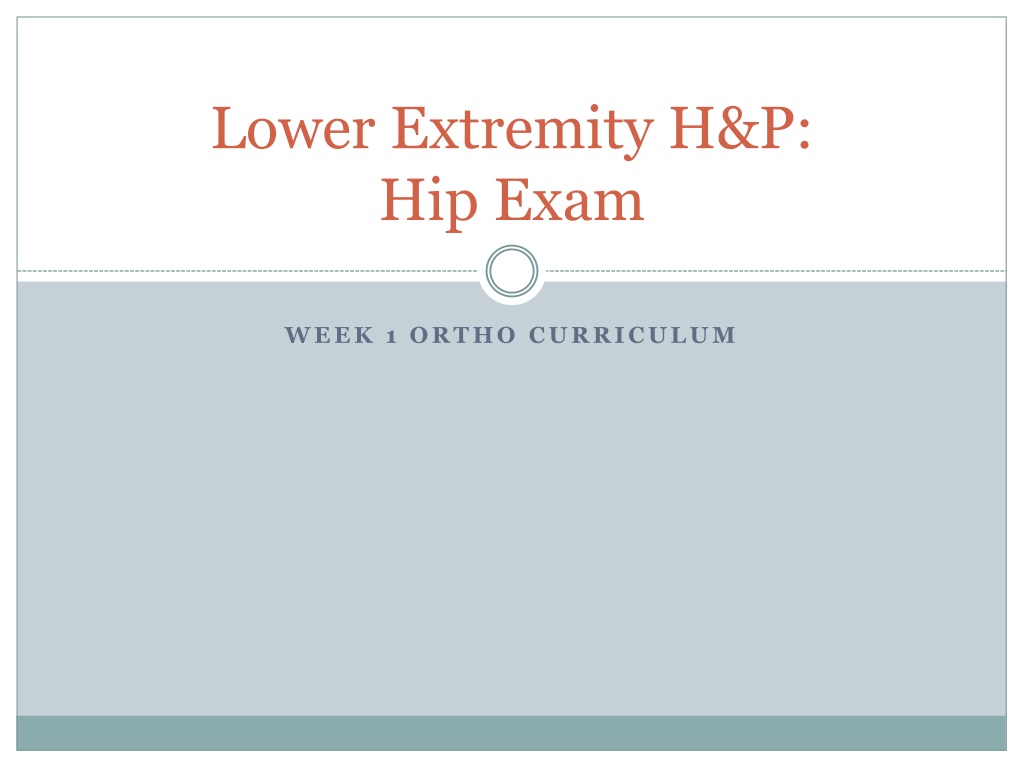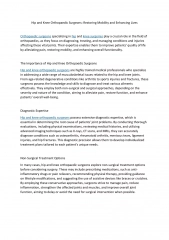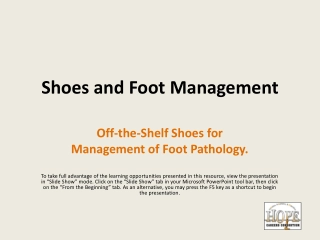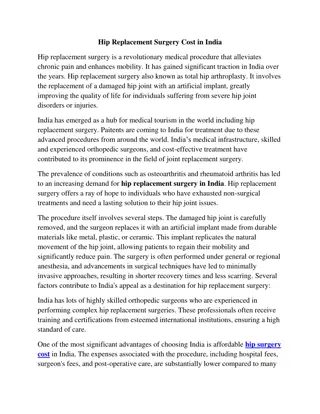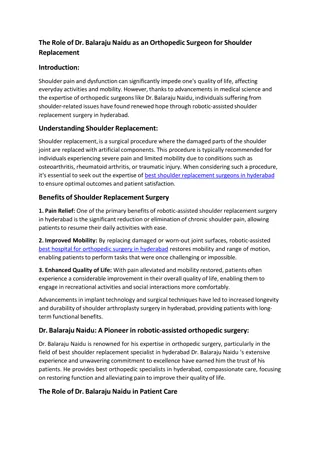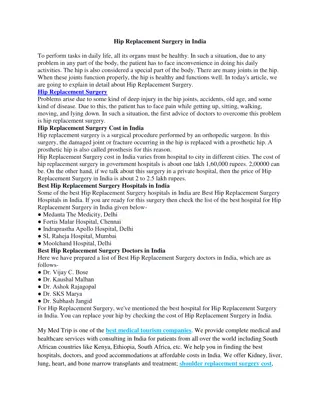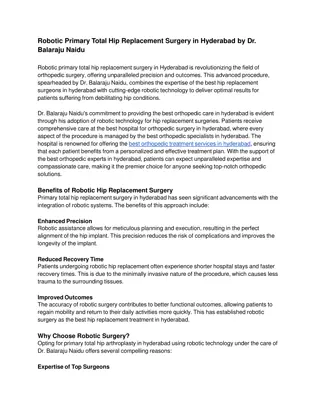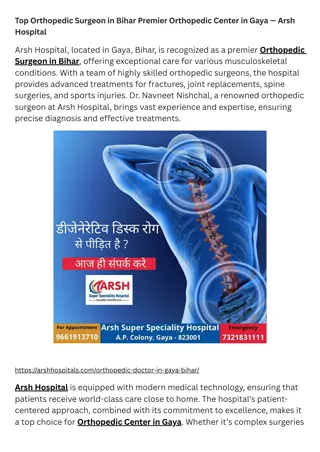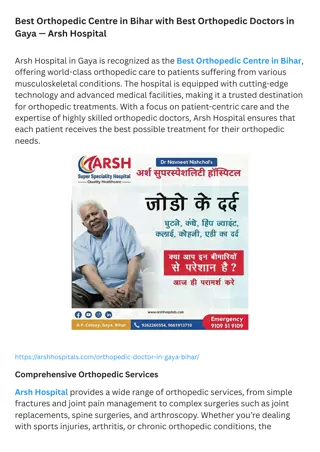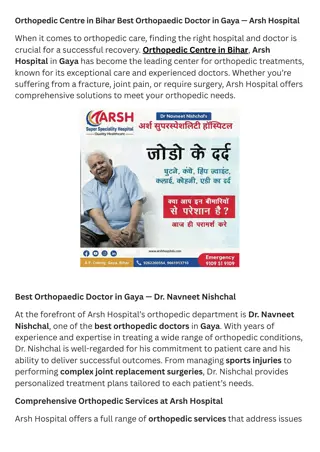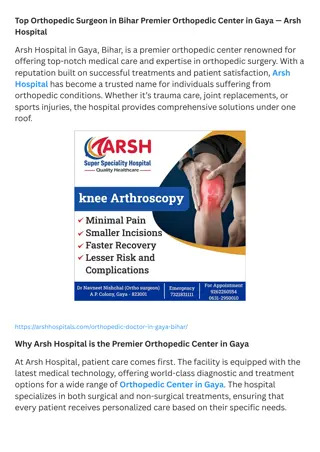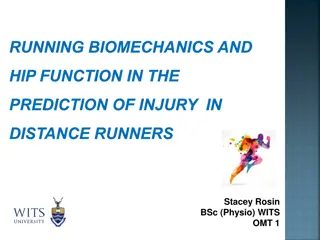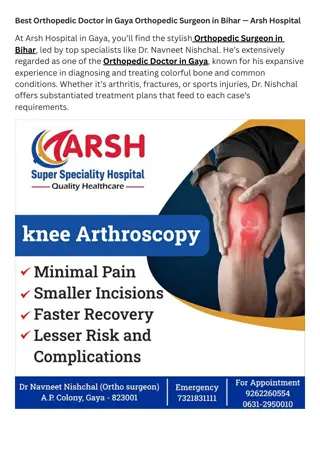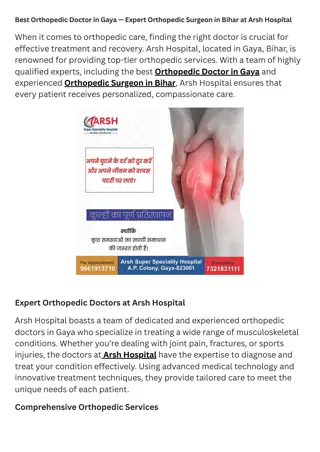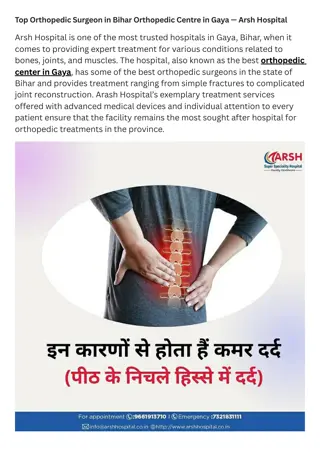Comprehensive Lower Extremity Hip Examination in Orthopedic Curriculum
This detailed guide covers the key components of a hip exam in orthopedics, including inspection, palpation, range of motion assessment, muscle strength testing, and special tests. It emphasizes the importance of considering the joints above and below the hip joint when evaluating a patient's symptoms. Visual aids and practical instructions are included to enhance understanding and application of examination techniques.
Uploaded on Oct 09, 2024 | 0 Views
Download Presentation

Please find below an Image/Link to download the presentation.
The content on the website is provided AS IS for your information and personal use only. It may not be sold, licensed, or shared on other websites without obtaining consent from the author. Download presentation by click this link. If you encounter any issues during the download, it is possible that the publisher has removed the file from their server.
E N D
Presentation Transcript
Lower Extremity H&P: Hip Exam WEEK 1 ORTHO CURRICULUM
General Ortho Physical Exam Maneuvers Inspection Palpation Range of Motion Muscle Strength Special Tests Always think about the joint above and below where the pain is and examine that joint
INSPECTION Look for redness, swelling, warmth -> think septic arthritis Examine the patient s gait if possible Evaluate leg length and alignment Posterior dislocation (90% of hip dislocations) affected leg is shortened and internally rotated Anterior dislocation affect leg is slightly shortened and externally rotated
PALPATION Palpate the ischial spines and pubic rami Also assess the femur and knee for additional injuries Palpate the greater trochanter and assess for bursitis While palpating the trochanter, gently rock the extended leg on the table from side to side to assess for trochanteric bursitis
RANGE OF MOTION Flexion: 135 degrees Extension: 15 degrees External rotation: 45 degrees Internal rotation: 35 degrees Abduction, adduction In a patient with severe pain, simply rock the affected leg from side to side on the exam table if a patient is unable to tolerate this, suspect acute injury such as a hip fracture
STRENGTH TESTING Resisted hip flexion Resisted hip abduction and adduction Resisted internal and external rotation
SPECIAL TESTS Ober s test evaluates for tightness of the iliotibial band Have the patient lie on his unaffected side with the affected leg straight Stabilize the hip with one hand and use the other hand to lift the affected leg, bending the leg at the knee Allow the leg to drop If the leg does not fully adduct, the test is positive for tight IT band
